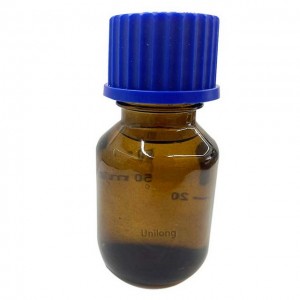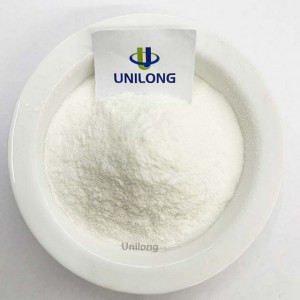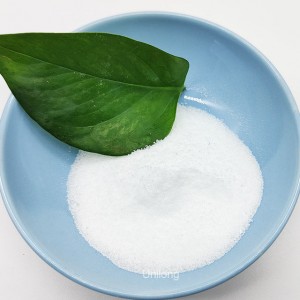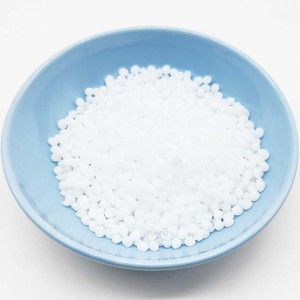Phenylacetylene CAS 536-74-3
BThe carbon-carbon triple bond in phenylacetylene and the double bond in the benzene ring can form a conjugated system, which has a certain stability. At the same time, the conjugated system also makes phenylacetylene have a strong affinity for electrons, and it is easy to undergo various substitution reactions. Because it contains triple bonds and unsaturated carbon-carbon double bonds, phenylacetylene has a strong reactivity. Phenylacetylene can undergo addition reactions with hydrogen, halogens, water, etc. to generate corresponding products.
|
ITEM |
STANDARD |
|
Appearance |
Colorless or light yellow liquid |
|
Purity(%) |
98.5%min |
1. Organic synthesis intermediate: This is its main use.
(1) Drug synthesis: It is used to synthesize various biologically active molecules, such as certain antibiotics, anticancer drugs, anti-inflammatory drugs, etc. Its alkyne group can be converted into a variety of functional groups or participate in cyclization reactions to construct complex skeletons.
(2) Natural product synthesis: It is used as a key building block to synthesize natural products with complex structures.
(3) Functional molecule synthesis: It is used to synthesize liquid crystal materials, dyes, fragrances, agricultural chemicals, etc.
2. Materials science:
(1) Conductive polymer precursor: Phenylacetylene can be polymerized (such as using Ziegler-Natta catalysts or metal catalysts) to generate polyphenylacetylene. Polyphenylacetylene is one of the earliest conductive polymers studied. It has semiconductor properties and can be used to make light-emitting diodes (LEDs), field-effect transistors (FETs), sensors, etc.
(2) Optoelectronic materials: Its derivatives are widely used in functional materials such as organic light-emitting diodes (OLEDs), organic solar cells (OPVs), and organic field-effect transistors (OFETs) as core chromophores or electron transport/hole transport materials.
(3) Metal-organic frameworks (MOFs) and coordination polymers: The alkyne groups can be used as ligands to coordinate with metal ions to construct MOF materials with specific pore structures and functions for gas adsorption, storage, separation, catalysis, etc.
(4) Dendrimers and supramolecular chemistry: They are used as building blocks to synthesize structurally precise and functionalized dendrimers and participate in supramolecular self-assembly.
3. Chemical research:
(1) Standard substrate for Sonogashira coupling reaction: Phenylacetylene is one of the most commonly used model substrates for Sonogashira coupling (palladium-catalyzed cross-coupling of terminal alkynes with aromatic or vinyl halides). This reaction is a key method for constructing conjugated ene-yne systems (such as natural products, drug molecules, and core structures of functional materials).
(2) Click chemistry: The terminal alkyne groups can efficiently react with azides to undergo copper-catalyzed azide-alkyne cycloaddition (CuAAC) to generate stable 1,2,3-triazole rings. This is a representative reaction of "click chemistry" and is widely used in the fields of bioconjugation, material modification, drug discovery, etc.
(3) Research on other alkyne reactions: As a model compound for studying reactions such as alkyne hydration, hydroboration, hydrogenation, and metathesis.
25kgs/drum, 9tons/20’container
25kgs/bag, 20tons/20’container
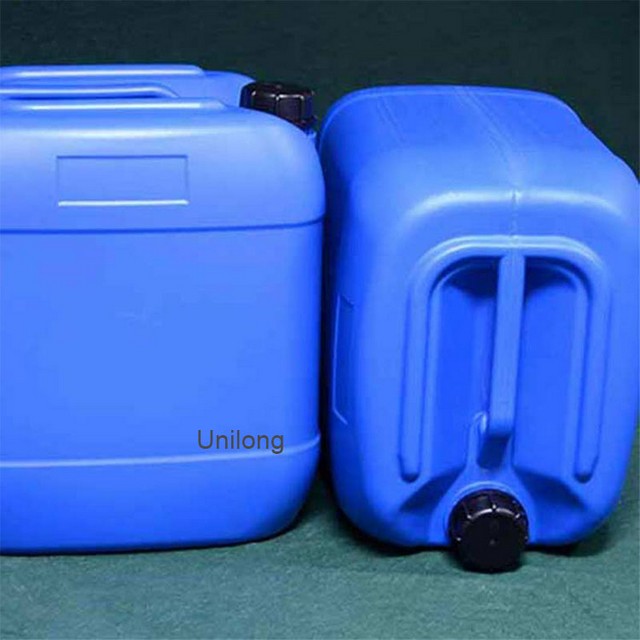
Phenylacetylene CAS 536-74-3
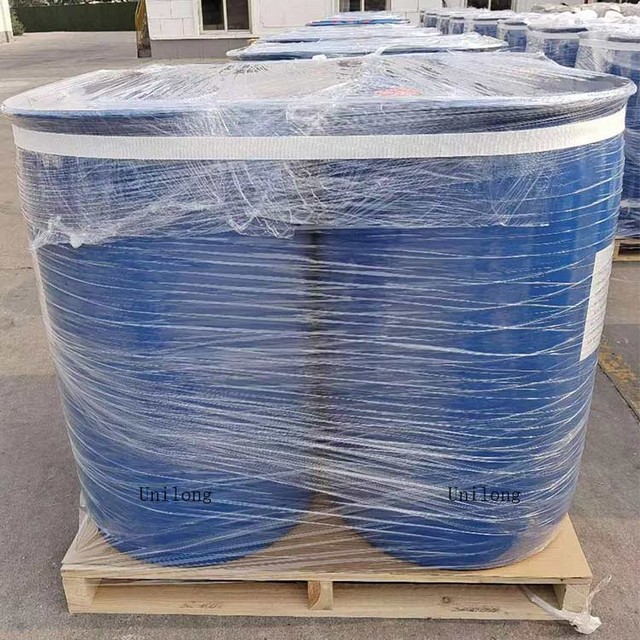
Phenylacetylene CAS 536-74-3








